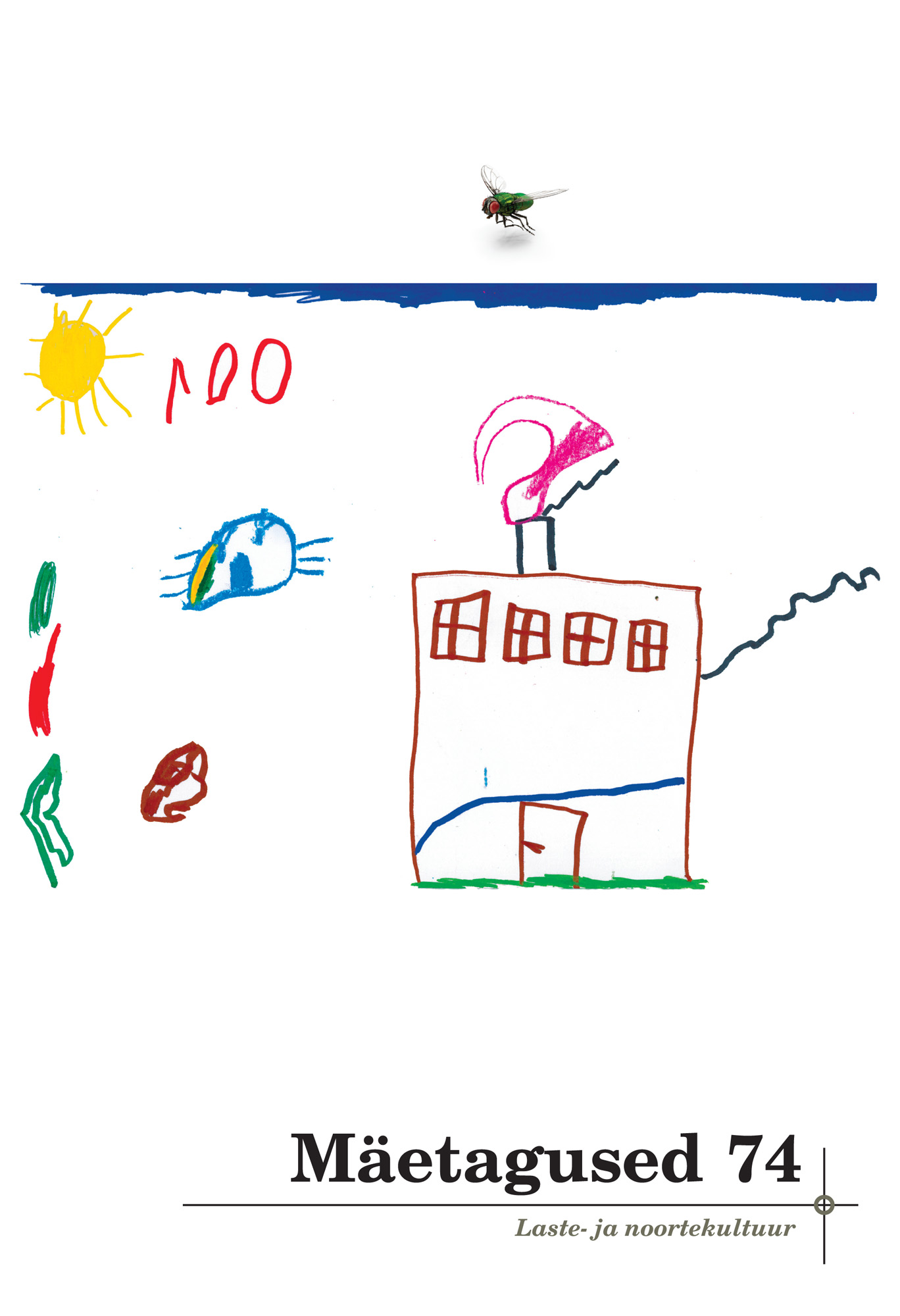Jututamise meetodist laste rändelugude uurimisel
Approaching children’s experiences of mobility using the storycrafting method
Author(s): Pihla Maria SiimSubject(s): Customs / Folklore, Cultural Anthropology / Ethnology, Culture and social structure
Published by: Eesti Kirjandusmuuseum
Keywords: children; drawing; emotions; fantasy; storycrafting; migration
Summary/Abstract: The article focuses on the storycrafting method and the experiences gained while using it with Estonian children living in the Helsinki metropolitan area, Finland. In 2018, 66 children aged from 3 to 14 years took part in storycrafting and drawing sessions we organized in kindergartens and schools together with ethnologist Keiu Telve. On the one hand, the aim of the article is to estimate the usefulness of the storycrafting method in studying children’s experiences of migration, and on the other hand, to give an overview of the recurrent motives, stylistic devices, and ways of expression children used in the stories created during these sessions. When applying the storycrafting method, the child is asked to tell a story, the researcher writes it down, word by word, and reads it aloud to the child, after which the child may correct the story until he or she is content with the outcome. We have modified the method to a certain extent, i.e., we have worked with small groups, mostly 2–4 children, and given children a certain broad theme for the story, so that the stories told are to some extent related to mobility or transnational way of life. Although the stories are rich in fantasy and created in collaboration with researchers, they essentially draw on the children’s own experiences and observations. The stories combine personal experiences and fantasy in a fascinating way, revealing the kind of situations children consider imaginable. Fictional storytelling may provide an easier way for the children to tell about their personal experiences, wishes, fears, and other emotions. Working in group makes it also possible for children to negotiate their experiences with each other. During the fieldwork, children received us extremely well both in kindergartens and at schools. Schoolchildren were especially active and keen to participate in the storycrafting and drawing sessions. Presumably the sessions were somewhat similar to children’s spontaneous, everyday storytelling situations. Children felt themselves more relaxed than they usually do in interview situations, when the researcher is asking questions and they feel stronger pressure to answer and to do it ‘correctly’. Children were also motivated to participate, since they were aware of our plan to publish a children’s book. This book contains 27 stories written down during storycrafting sessions, short citations from our field diaries, and drawings made by children. The book is directed to a wider audience, for example, to families with children considering relocation.
Journal: Mäetagused. Hüperajakiri
- Issue Year: 2019
- Issue No: 74
- Page Range: 77-98
- Page Count: 22
- Language: Estonian

